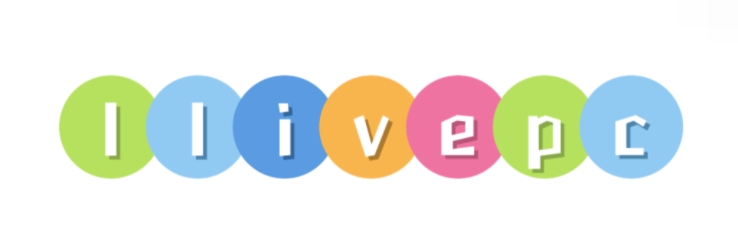functions and requirements of clothing labels services
Jun. 01, 2025
Understanding the Functions of Clothing Labels
Clothing labels serve multiple purposes that go beyond mere branding. They are essential for conveying important information to consumers, ensuring compliance with regulations, and enhancing the overall customer experience. Understanding the functions and requirements of clothing labels services can significantly improve your business while keeping your customers informed and satisfied.
For more information, please visit functions and requirements of clothing labels services.
1. Branding and Marketing
One of the primary functions of clothing labels is branding. Labels serve as a marketing tool that communicates your brand's identity to your customers. A well-designed label can enhance the overall aesthetics of the garment, making it more appealing. For instance, luxury brands often use high-quality materials and intricate designs for their labels to convey a sense of exclusivity.
Practical Tip: Invest in a professional designer to create a unique label design that reflects your brand's values. Ensure the logo and colors are consistent with your overall branding strategy.
2. Informational Content
Clothing labels provide necessary information about the garment. This may include the size, fabric composition, care instructions, and country of origin. Meeting the functions and requirements of clothing labels services means ensuring that the information is clear and accessible.
Practical Tip: Use standardized symbols and clear fonts to convey care instructions. For example, using a washing machine icon for machine wash symbols helps consumers easily understand how to maintain their clothes.
3. Legal Compliance and Safety Regulations
In many regions, clothing labels are required by law to include specific information. This often relates to safety standards, environmental regulations, and labor practices. Failing to comply with these regulations can lead to penalties and damage to your brand reputation.
Practical Tip: Familiarize yourself with the local regulations regarding clothing labels to ensure compliance. Consider consulting a legal professional or industry expert if you're unsure about the requirements in your area.
4. Market Differentiation
In a competitive market, clothing labels can help differentiate your products from others. A distinctive label can attract attention in a crowded retail environment and influence purchasing decisions. It can also convey additional value, such as sustainability or ethical production.
Practical Tip: Highlight unique aspects of your products on the label itself—for example, “100% Organic Cotton” or “Fair Trade Certified.” This information can resonate with consumers who prioritize ethical consumption.
5. Enhancing Customer Experience
A well-crafted clothing label can enhance the overall customer experience. When customers have access to clear and informative labels, they feel more confident in their purchase decisions. This transparency builds trust and encourages brand loyalty, ultimately leading to repeat purchases.
Practical Tip: Consider including a QR code on your label that links to your website or a care guide video. This interactive element can further engage consumers and provide them with more detailed information about the product.
6. Frequently Asked Questions
Q: What information should I include on my clothing labels?
A: You should include the brand name, size, fabric content, care instructions, country of origin, and any certifications related to safety or ethical standards.
Q: Are there specific regulations I need to follow for clothing labels?
A: Regulations vary by region, but commonly include requirements for fiber content, care instructions, and safety warnings. Check local and international labeling laws relevant to your market.
Q: How can I ensure my clothing labels are eco-friendly?
A: Look for sustainable materials, such as organic cotton or recycled polyester, and opt for non-toxic inks. You may also consider printing care information directly onto the garment instead of adding a label.
Q: What makes a clothing label effective?
A: An effective label communicates necessary information clearly, reflects your brand identity, complies with legal requirements, and differentiates your product in the marketplace.
Conclusion
The functions and requirements of clothing labels services are multifaceted and vital for both business success and consumer satisfaction. By prioritizing branding, providing clear information, ensuring legal compliance, and enhancing the customer experience, you can create labels that not only attract attention but also foster trust and loyalty among your customers. Remember, a well-designed label is not just a piece of fabric; it’s a powerful communication tool that represents your brand and commitment to quality.
Are you interested in learning more about types of labels for clothing? Contact us today to secure an expert consultation!
166
0
0


Comments
All Comments (0)